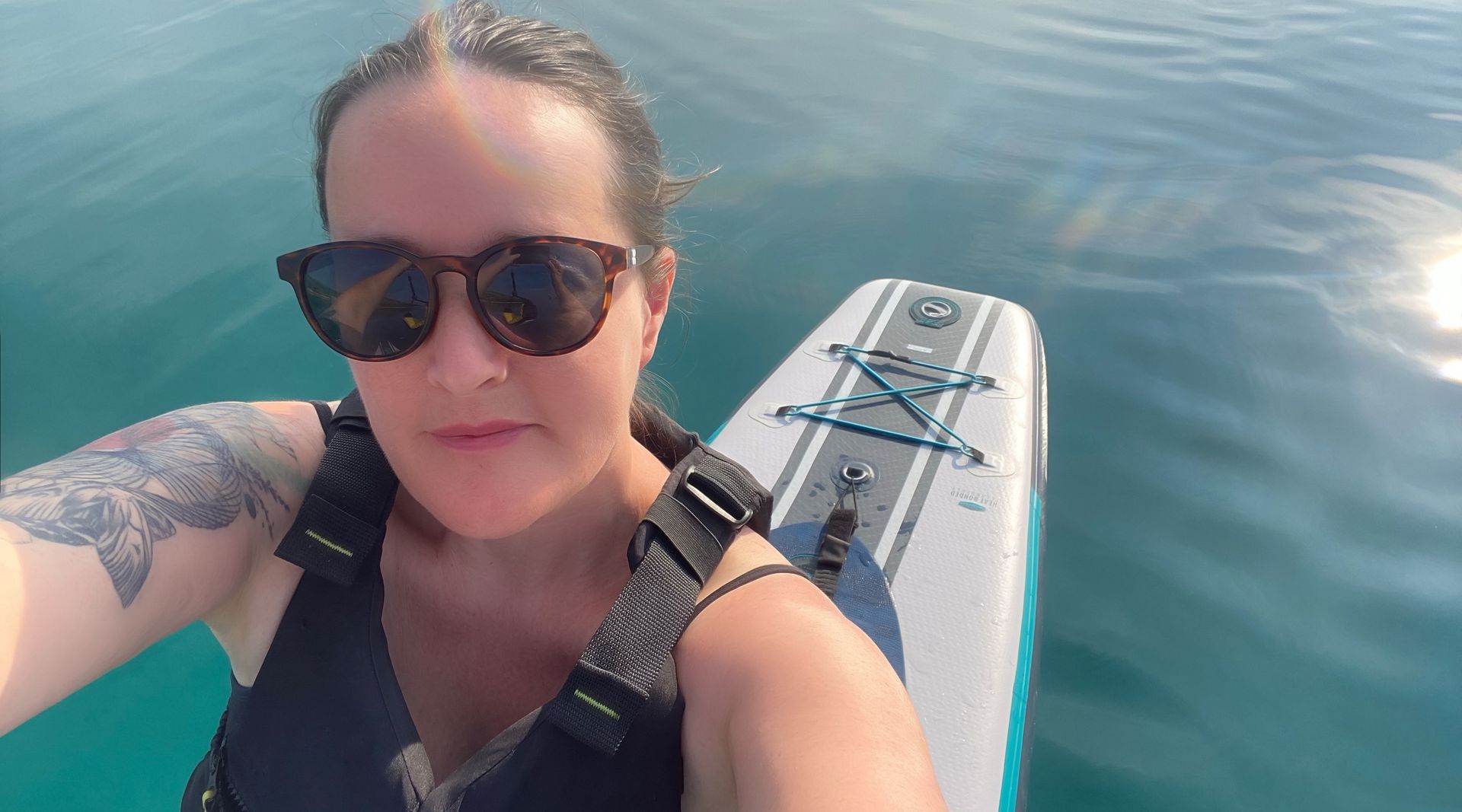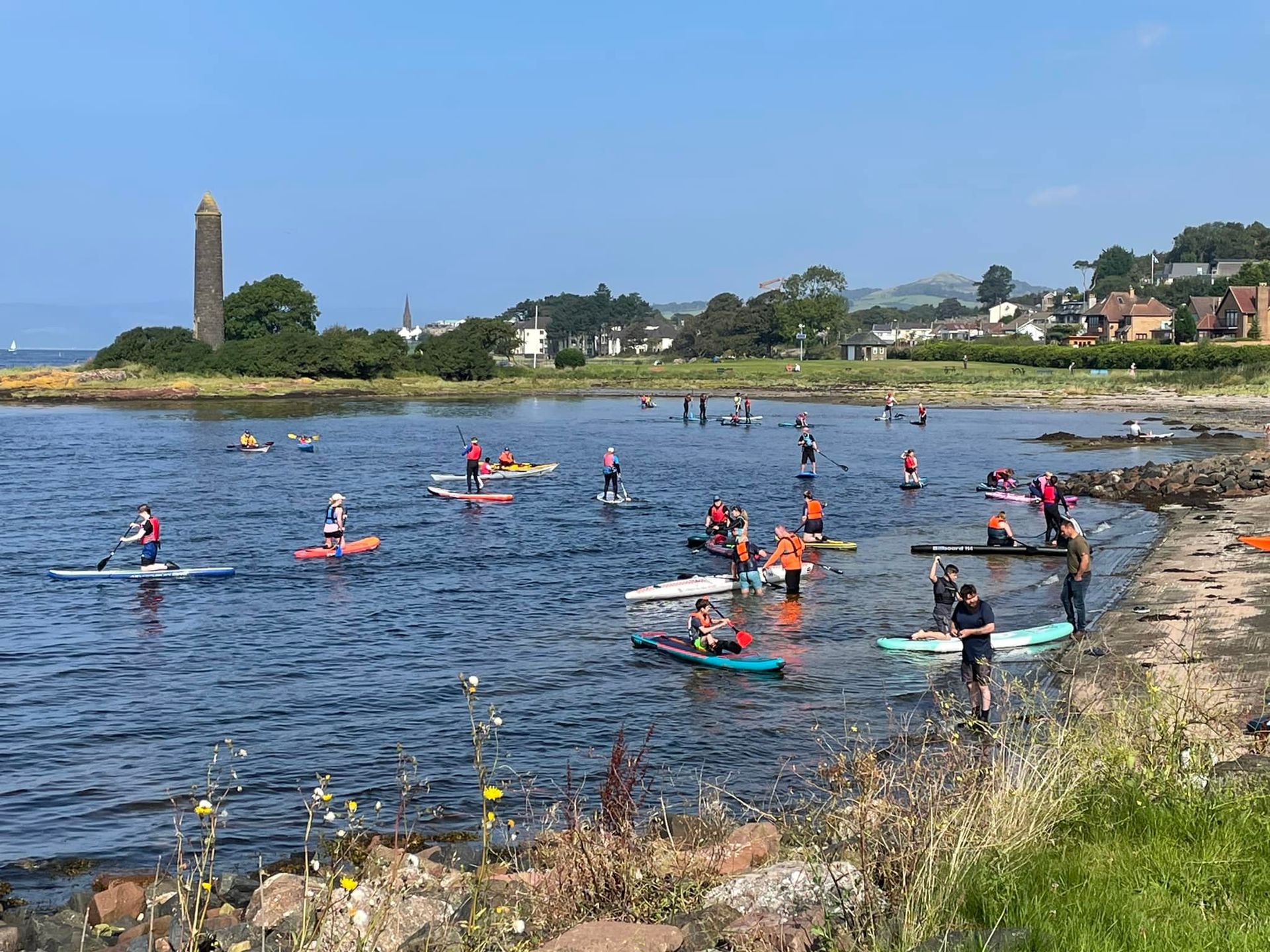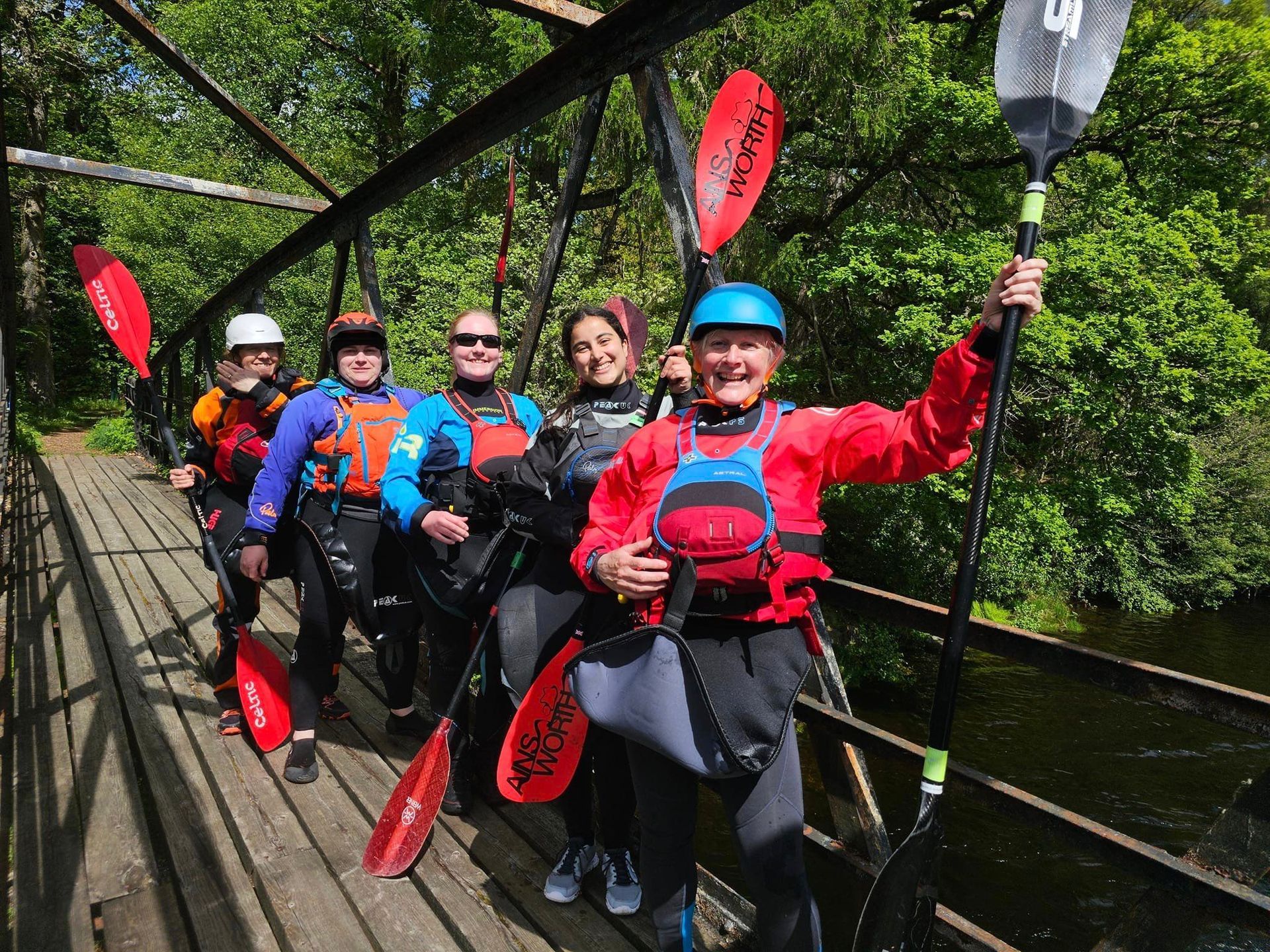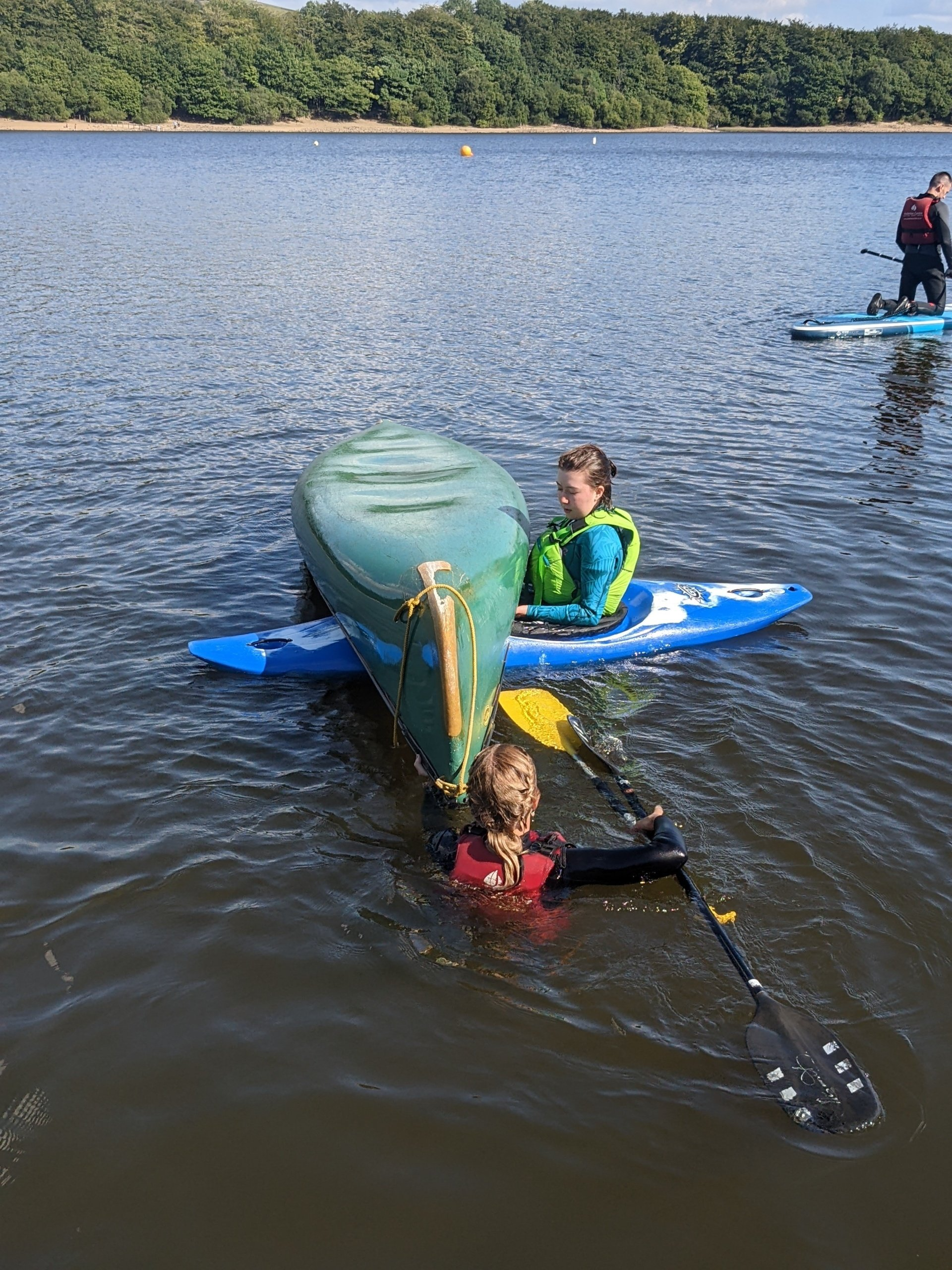Paddling Kit Tips from #ShePaddles Ambassadors
By #ShePaddles Ambassador Claire Scott
2022 saw the coming together of a new cohort of British Canoeing #ShePaddles Ambassadors, full of exciting ideas and initiatives to continue the great work of the ladies that came before us. Ultimately, to bring paddlesports to women and girls that may not have experienced it before or for those who may not have had access to paddling in their community until this initiative began.
When we met and started sharing our plans for the year ahead, we quickly realised we had so many useful and innovative tips and tricks that we put into practice everyday when prepping for our coaching, trips, days out and socials on the water that we wanted to share. We have compiled these into a selection of tips, tricks, and handy ideas to make your paddling experience that little easier! Whether you're a seasoned paddler or just starting out, you're sure to find something useful.
Recruitment is now underway for the 2024 cohort of #ShePaddles Ambassadors - learn more here. Applications close on 11 August 2023.
Dani Abram’s top tips
My top tip to anyone looking for ways to make paddling easier would be to join a club! Not only does this help with finding company and new friendships, which has been the most rewarding thing for me in my own paddling journey, but it can open up a world of free kit! Okay, maybe not totally free - but as good as. Whenever I have been stuck, or wanted to use something, or even fancied trying a whole new boat, my club has my back. From kit, gear, food and car rides I can sometimes paddle for less than a fiver if I need too.
When I started paddling I turned up in gym gear and trainers, and bit by bit I have borrowed kit here and there. This has really helped with choosing which items to invest in. On my first river trip, I didn't even know what a cag was - but would you believe it? There were at least three spare cags on offer from the brilliant people joining me on the river! I know joining a club is not new advice, but for me it has been the best thing I have ever done.
You can find a club near you here.

Saira Is-Haq’s top tips
In winter I love wearing my pogies. They come in all sorts of brands but there’s nothing better than a set of pogies to keep the hands warm when the temperatures drop. A bit like a pair of mittens they allow the fingers to stay together and warm. I use Palm Descent Pogies which are furry inside and very lush.
While I've been able to lift a playboat onto my car roof, it’s never been that easy for me to lift my sea kayak or racing kayaks onto the roof. I’d recommend using a Drop Down Roof Rack System, it allows you to load your boats from the side and keeps your hands free so you can strap the boat on. The push up system then moves the boat into position on top of the roof allowing complete independence and freedom.
Wearing glasses has always been a pain for my sporting career, but I won’t let it stop me. It’s even harder with kayaking because the glasses often get wet. I was once teaching someone how to do the draw stroke and leaned over too much and lost my glasses in the river. Since then, I wear contact lenses and keep a spare pair in my buoyancy aid pocket too just in case.
A bit of a funny one this one, I’ve often worn old tights with cut off feet under my dry pants to keep my legs warm. And if you suffer from cold feet, you could try amazing Yorkshire Yarn wool socks. They are amazing and come in some fancy bird inspired colours. I’m sure everyone knows about the newspaper in the boots trick. I love that one when the boots come off and are wet.
A really important tip is to always put a contact number on your paddle and boat, if you lose your paddle or even the boat after capsizing someone may find it further downstream.
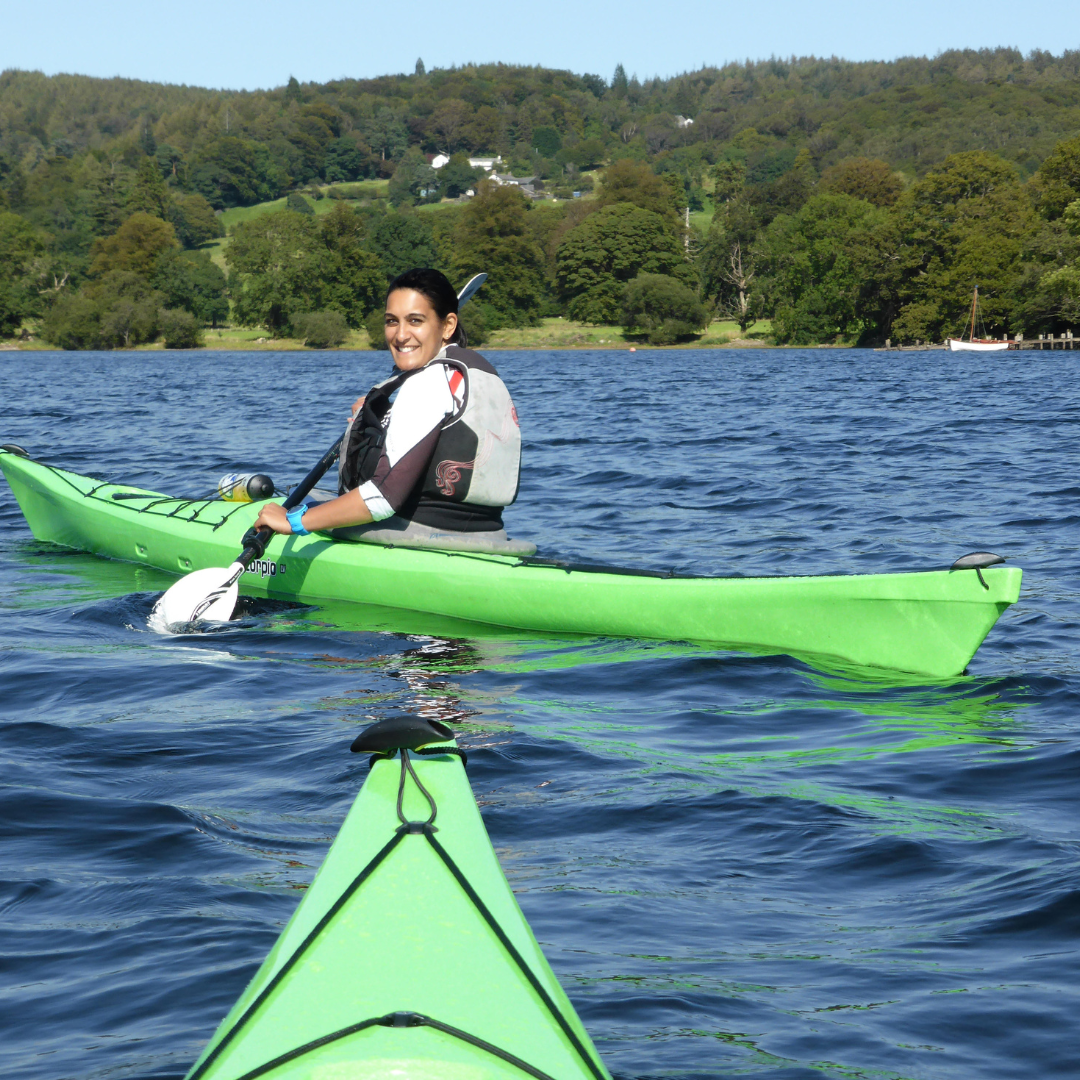
Lucy McQueen Jones’ top tips
I'm a paddle surfer, so all my paddling happens at the beach. Most of the people I know that paddle surf have vans. Having a van means you can throw all your kit inside instead of putting it up onto roof racks. I know for me, this was something that took a while to perfect. If you've got a van that's big enough you can change in the warm and dry too! The key items that make changing easier for me are:
- A trug that’s big enough to stand in so that your wet kit goes straight in there
- A changing robe towel, so that you can get ready without dropping your towel
- Talc so you can put your leggings or jeans back on with ease
- A changing robe as it keeps you warm in all weather conditions. Plus you can get changed while wearing it or put it over wet kit in-between sessions. Especially good for competition and time between heats. Literally a life changer!
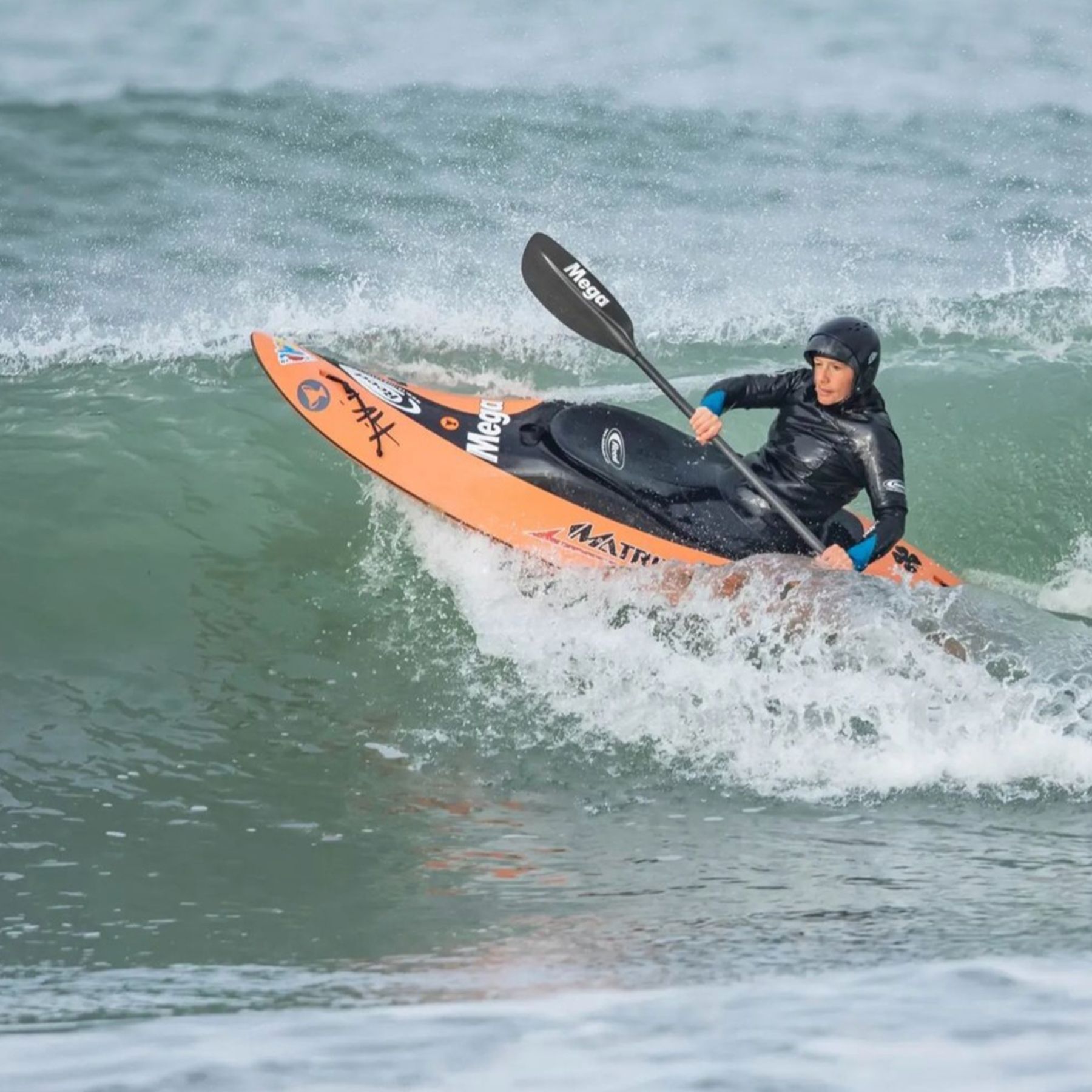
Emy McLeod’s top tips
My tips are all about preparation and how it can make life easier when you get on or off the water. Have your car or van set up ready for when you're off the water. Bring a bucket or IKEA bag ready to get all the wet kit into easily. You can even stand in the bucket/bag to avoid getting dirty feet. Try not to get your feet wet when getting on the board/into the boat at the start of your paddle. It can be tricky at first but if you start with wet cold feet, you'll only think of your wet and cold feet. If paddle boarding, move your knees onto the board then work up to standing up if you're able to. And if you are getting into a kayak or canoe, stabilise the boat first and then carefully get in.
Warm Up! Do a bit of stretching, running about and warming up prior to going on the water. See further advice on how to warm up here. Keep warm on the water by packing a flask and a warm cozy hat. A hot water bottle is great to wrap your dry clothes in so they're warm when you get off the water.
Winter times can be cold and dark and many people will find themselves scrolling through social media wishing they were out doing cool things. Reality is - some of these photos may have been taken in nicer weather, calmer conditions and when it was not a grim outside. It’s okay to say not today. If you get to the water, look at the conditions and feel maybe it isn't the best conditions - then that is okay. Have a little walk, grab a coffee and some cake with your padding pals and have a catch up. There are many times we have got to the river or coast and decided that the conditions are not appropriate. There is always another day. See further advice on how the weather can affect your paddling plans here.
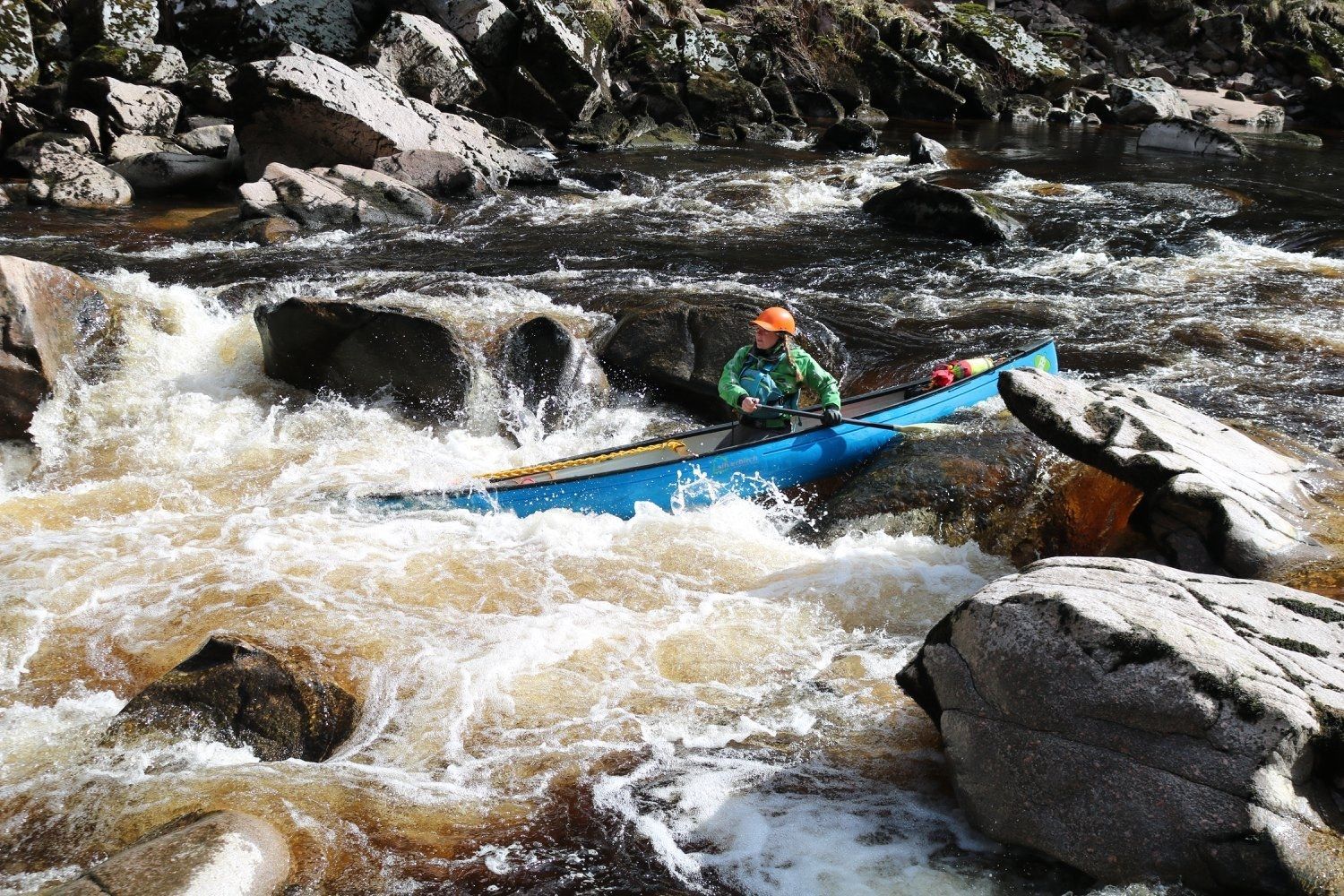
Cathy Miles’ top tips
My top tip is a footless drysuit. There are several brands available, I have owned a variety of drysuits all of which came with huge feet and I couldn't get shoes big enough to cope with the excess material and still be confident walking and portaging with my paddleboard. They are similar to a boiler suit as they are quite thin so would need lots of layers underneath. It has the added benefit that I can actually get into it on my own!
My other top tip would be hand and foot warmers. The foot warmers need to be attached to your socks as there is a risk of burning if they are applied directly to your skin. This doesn’t apply to the hand warmers, they can be used directly on your skin. These have been complete game changers for me for getting out on the water in cold weather.
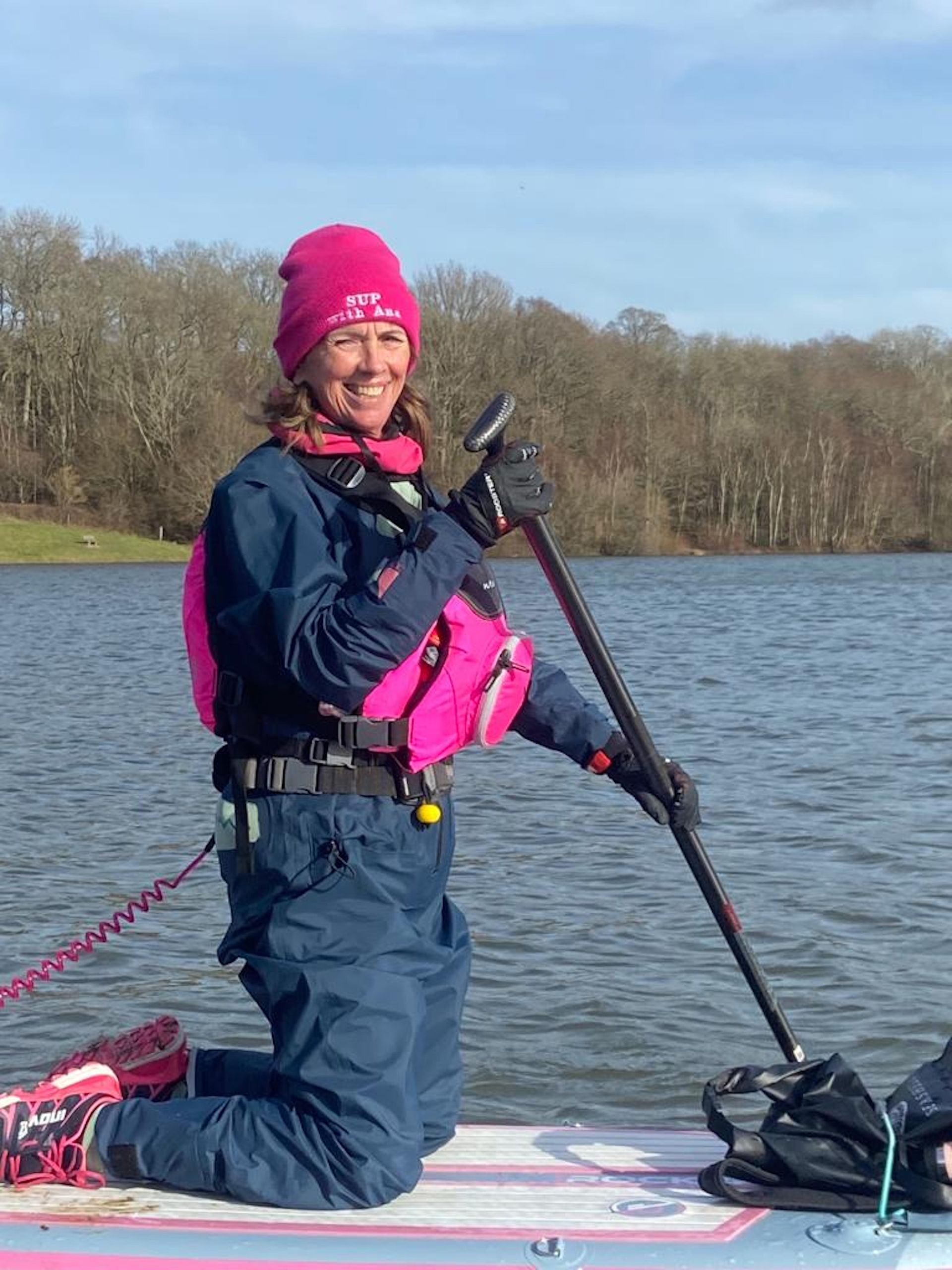
Claire Scott's top tips
There are so many great tips already mentioned but a there's a few that I’d add around kit. I've always found getting in and out of a full body wetsuit a bit of a faff. I use neoprene leggings and a separate top. It means when I warm up I can ditch the top and wear a rash vest on warmer days. Also for friends I've paddled with who have limited mobility it makes it easier for them to get into. If you have limited strength or mobility, give it a try.
I have recently bought electric boot dryers too. You insert them into the boots after a paddle and it cuts down the drying time, meaning you’re good to go day after day. And your feet start off warm and dry too. I have a great gadget for my car door, it latches to the door lock clip and gives you a step, meaning you can reach the roof for tying straps with ease. There are also some great SUP racks out there that let you clip your boards in, reducing the time needed to use straps to secure your boards.
Lots of brands now make floating sunglasses too which is another great tip for summer paddles. Having a Personal Floation Device that has pockets large enough to fit your camera and essentials in is a must have for me. It saves time opening and closing Dry Bags while you’re on your board. For longer trips, I have colour coded Dry Bags with a see through panel on each so I don’t have to root about in one large bag trying to find things.
